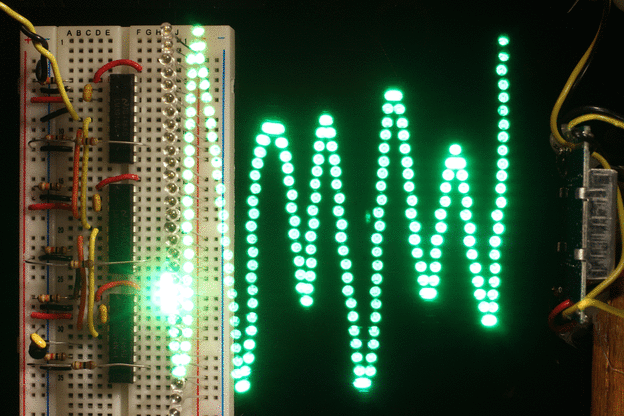
Instructable on how to build one: Measuring the speed of light, or speed of sound, etc., and, more imporantly, canceling its propagatory effect on radio waves or sound waves.

 (still image, jpeg version)
(still image, jpeg version)
"When I was 12 years old, back in the 1970s, I mounted an array of lights to a long wand that I could wave through the air in a darkened room while the lights were driven by a wearable amplifier and switching system I built. This allowed me to sense and receive various things and "display" them on the light stick, so that I could see sound waves, radio waves, and most interestingly, sense sensing itself (e.g. visualize vision from a surveillance camera). My invention later attracted the interest of MIT and later formed the basis of my portfolio in my successful application to MIT. I'm always happy to meet others who have built fun things in their childhood, outside the obligations of classes and labs. If you're like me in this regard, I'd love to hear from you." (link)
CC BY-SA 4.0 File:SittingWaveTwoCycles.gif Created: 15 June 1974

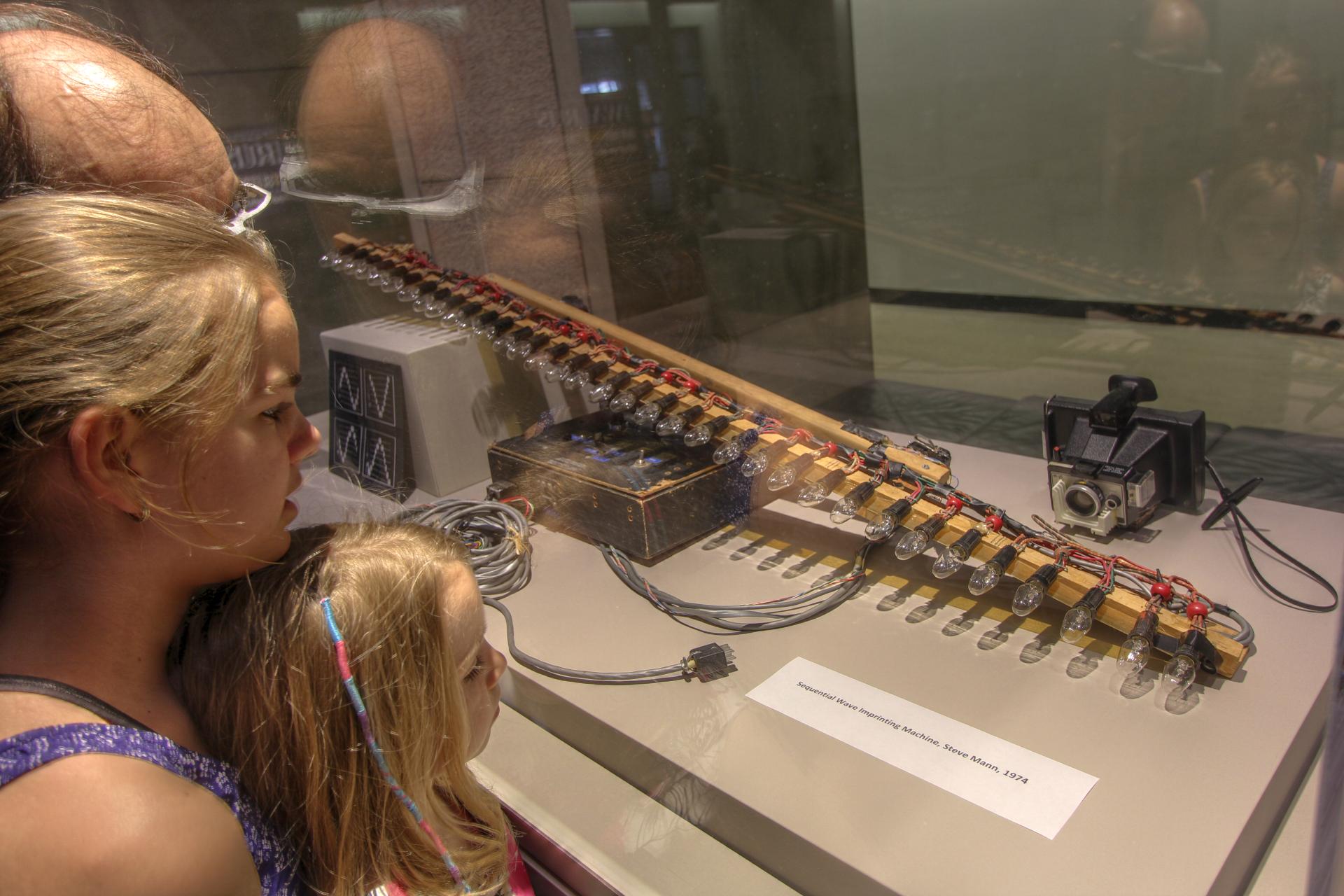

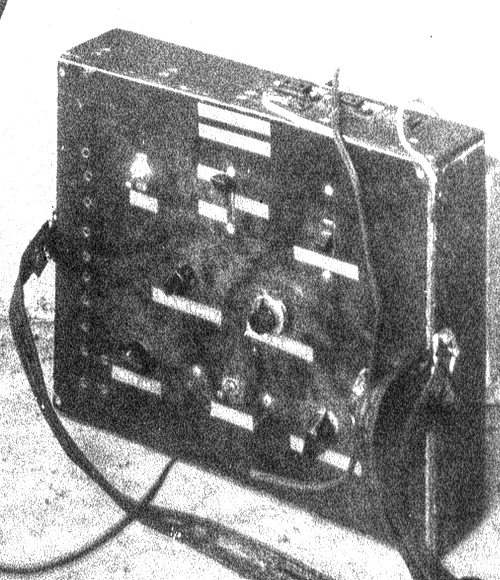
Wearable Augmented Reality Computer, S. Mann, c.1974.
Note neckstrap position for wearing the computer with the
control panel upward, facing the wearer,
worn like an "Usherette Tray" (the way people used to wear trays
for selling cigarettes).
The neck strap was later moved for wearing the apparatus
flat against the body once the positions of the controls on the
control panel were memorized.
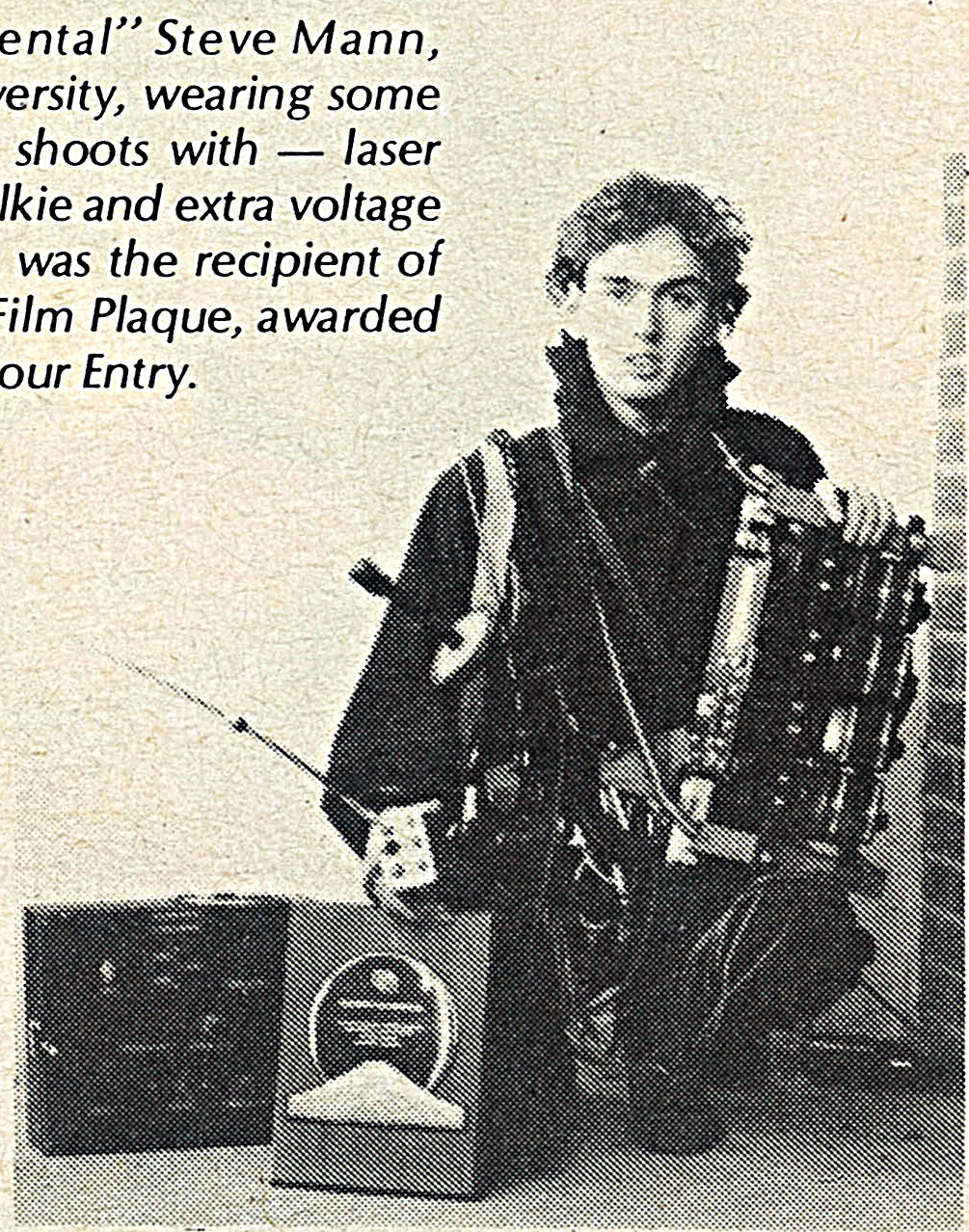
S.W.I.M. PHENOMENAmplifier in Campus Canada Fall 1986, in the lower left hand corner of picture. (Won First Prize, photo competion, prize plaque picture to right of the S.W.I.M. PHENOMENAmplifier.)
"Sequential Wave Imprinting Machine (SWIM) is an array of lights which is connected to a digitally addressed communications port. As the array is moved about, a small radar unit monitors its speed, and controls the rate of readout of the "swim buffer". Depending on the contents of the buffer, various waves and other shapes may be imprinted into the current image." [Mann, S. (1992). Wavelets and chirplets: Time-frequency perspectives, with applications. Singapore: World Scientific.]
Early attempt, using diodes to create an "infill" effect, to fill in the
area under the curve:


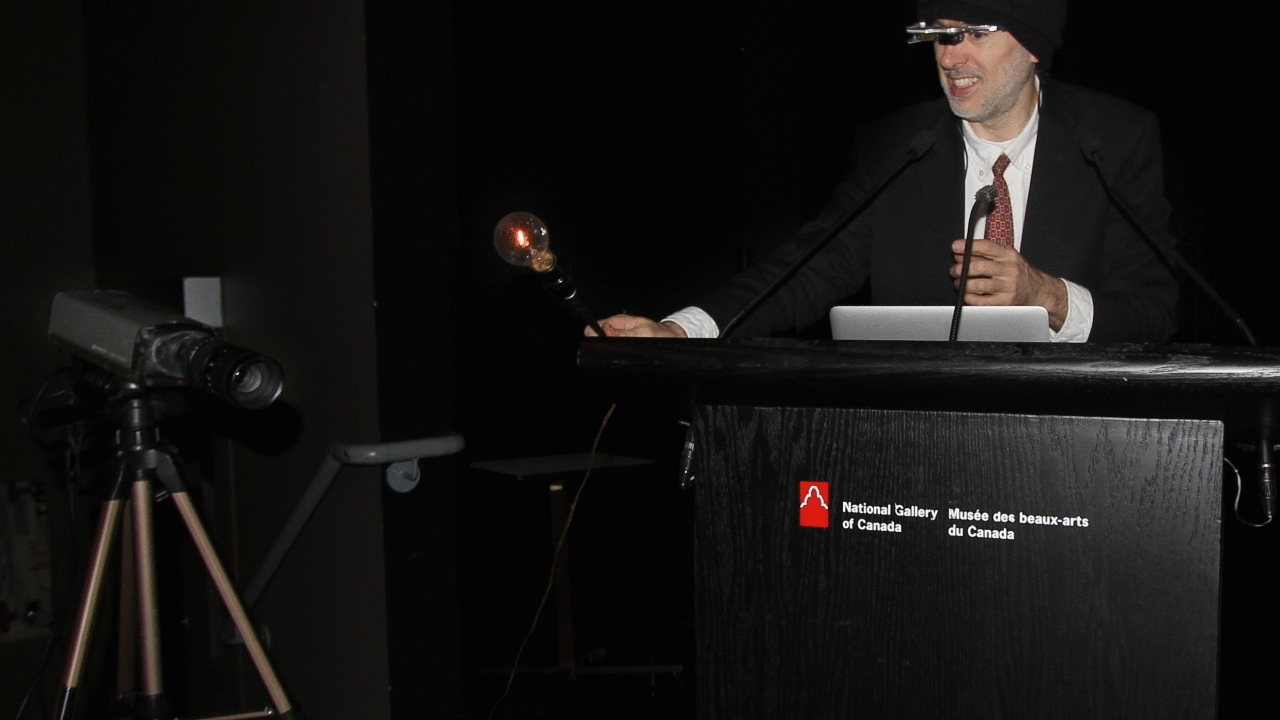
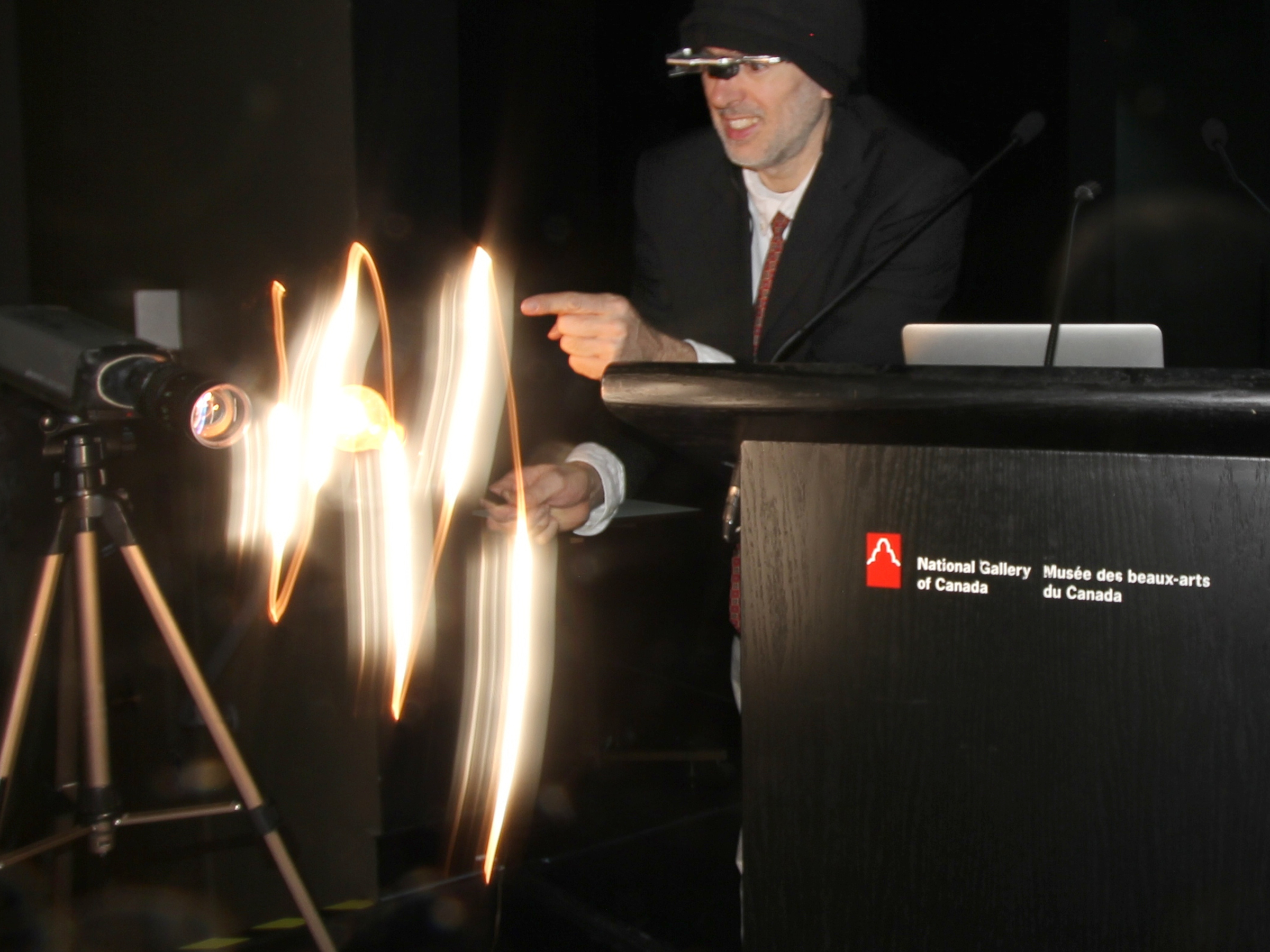
See also, Surveillance Study -- 36 Exposures:
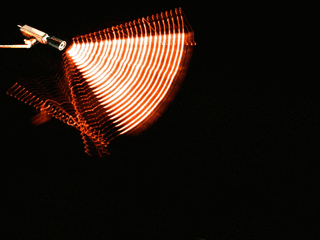
See also IEEE Consumer Electronics, Volume 4, Number 4, October 2015:

